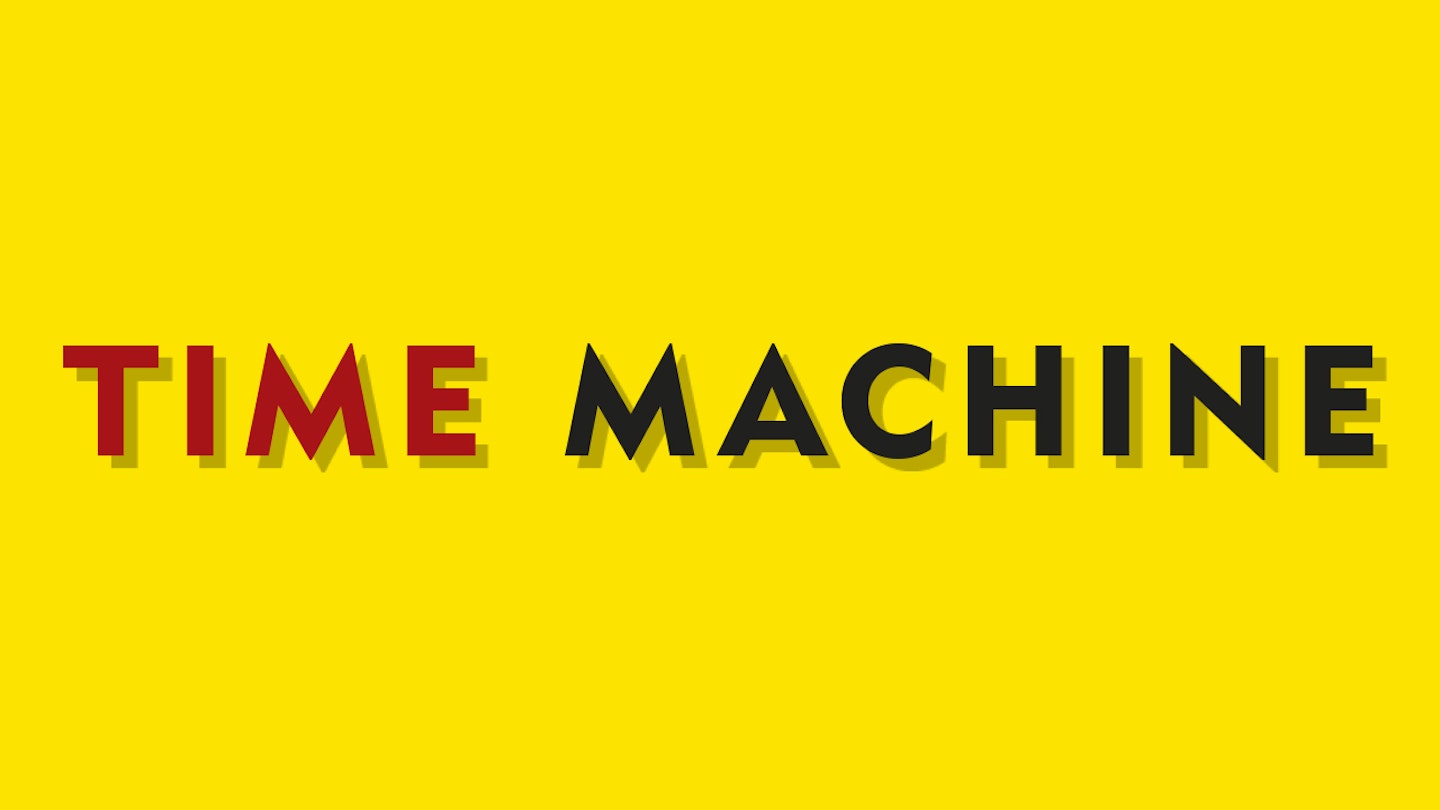15 December, 1977
Ian Grant smiled. It was mid-December 1977 and the last night of the three-week Front Row Festival at Islington’s Hope & Anchor, arguably London’s foremost pub rock venue.
All had gone well, 17 of the 22 bands involved, including the chart-topping Stranglers, had been recorded for a remarkable punk and pub rock double album, and the doubters had been silenced.
“I was connected with Dai Davies and Derek Savage in the Albion management team at the time,” Grant recalls. “We ran the Red Cow in Hammersmith, the Nashville in Kensington, and the Hope & Anchor. The latter was in danger of closing and something was needed to give it a kick in the pants and get people back in there.”
Grant’s solution was a festival, sparked by an opening November 22 gig featuring The Stranglers, and an attention-grabbing album featuring many of the featured bands.
“Andrew Lauder, A&R man for UA, then The Stranglers’ label, didn’t think the album would work because so many labels were involved,” says Grant. “But Albion had been agents for most of the acts or had given them their first break. We knew them all.”
Grant went to Warner Bros with his planned album and talked to label executives Dave Dee and Clive Banks: “Dave Dee and myself became executive producers for the album, though The Stranglers called the shots because they were the biggest band on the record. We spent many nights in the winter of 1977-78 at Warners deciding what should go on the album and what to do with it.”
Some bands certainly had input regarding their contributions. Andy Partridge of XTC recalls: “We recorded our whole December 3 set but deemed I’m Bugged and Science Friction the best and both were used. John Leckie was the engineer in the truck outside the sweaty fire hazard that was the Hope. He engineered and mixed the tracks, though I seem to remember messing with the speed of the tapes later. I felt it wasn’t quite fast enough for punk’s energy demands so we tweaked them up a bit faster.”
Wilko Johnson has little recollection of recording the two tracks from his December 8 show and had to be reminded that, unlike every other track recorded on the RAK mobile, his output was self-produced. “That just shows that everything was completely disorganised,” he says.
But he does remember one publicity stunt, when many of those involved lined up outside the Hope for a group shot.
“They took this photograph of all the bands but I really didn’t want to go along,” Wilko admits. “So I sent a cardboard cut-out of myself. If you look at the photo, you’ll see.”
Ian Grant remembers another ploy: “My friend Alan Edwards, whom I had given the job of being The Stranglers’ publicist, had the idea of hiring the YMCA hall at the back of Tottenham Court Road and inviting all the mothers of these disreputable punk and pub rockers. The resulting photo made the cover of the Melody Maker.”
As Brum rock icon Steve Gibbons remembers, “Three of us brought our mothers along. We travelled by train from Birmingham and they sang all the way! We had played the Hope several times before and were spotted there by Pete Meaden, who subsequently became our manager.”
Ex-Man man Deke Leonard had reformed his group Iceberg: “We had just come back from supporting Ian Dury to play the Hope’s festival as a three-piece. I was aware of punk and I’d auditioned Rat Scabies in the very same Hope & Anchor cellar. He hired a drum kit instead of bringing his own, ordered a pint, put it on the bass tom, then nonchalantly did a Keith Moon-styled roll around the kit that ended with depositing his pint over it.”
“I was constantly clonking people with my guitar…”
Wilko Johnson
The Hope was indeed many things to many people. Some of the musicians, including Leonard and The Stranglers’ Jean-Jacques Burnel, would live there, swapping pints with genial host John Eichler. To others it represented their introduction to the London scene, though it was unbelievably tiny.
“It was quite an art playing there,” reflects Wilko Johnson. “I was constantly clonking people with my guitar…”
Ian Grant agrees, adding: “Though the Hope was just a small, humble, underground place, it was important in its way and the album was a landmark release for the pub scene. The first week it came out [in March 1978] it reached Number 28 in the chart. No one thought that was going to happen – but it did.”
